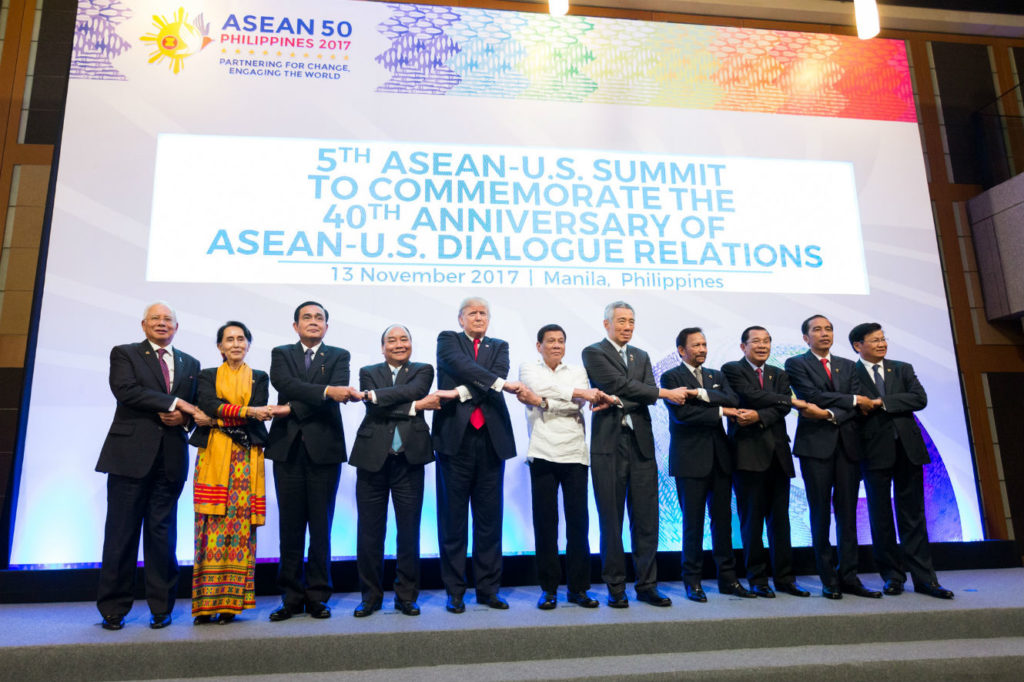Whose Rules, What Rules? A Contest for Order in the Asia-Pacific

Editor’s Note: The following is an excerpt from a new Chicago Council on Global Affairs paper by Van Jackson, War on the Rocks senior editor.
What will govern predictable and peaceable interaction among states in the Asia-Pacific? The answer depends on the character of the region’s increasingly contested order. China’s rise has led to what some call a “dual-hierarchical” order: an uneasy pattern whereby China became central to the region’s economic prosperity while the United States remained central to the region’s security. For decades, U.S. policy has implicitly encouraged this bifurcated order. So too did Asia’s secondary states. It allowed them to engage China with minimal fear of domination while simultaneously avoiding overdependence on the United States.
But Asia’s “dual hierarchy” is coming under strain, and no single process of order building is following it. To the contrary, the regional landscape is now cluttered with competing visions and blocs of influence. China and the United States remain the region’s leading powers—but these days neither is beloved—and Asia’s secondary states have the potential to be a third concentration of power if a sufficient number of them act collectively. China seeks an expanded sphere of influence that goes well beyond influencing economic affairs only, and it has already partially succeeded. The United States has undergone an unprecedented pluralization of its foreign policy landscape that makes it less reliable. And although Asia’s secondary states have pursued a variety of strategies to cooperatively hedge between China and the United States, they are an increasingly fractured group, between those who see little alternative to bandwagoning with China and those who refuse to abandon a rules-based liberal order.
This paper argues that none of these visions for regional order are likely to be fully realized. Every serious attempt to get beyond international anarchy and forge generally accepted rules and norms is heavily contested within the region. States are pursuing multiple incompatible futures simultaneously—and none are satisfactory to China, the United States, and Asia’s secondary states all at once. This all but assures that political friction, mistrust, and security competition will become a more prominent feature of regional relations. The Asia-Pacific is becoming a competitive, pluralistic order. Consistent rules and norms will exist, but only within particular sub-sets of relationships—not at a pan-regional level.
Read the rest of the Chicago Council paper here.
Van Jackson, PhD, is a Senior Lecturer in International Relations at Victoria University of Wellington, and the Defence & Strategy Fellow at the Centre for Strategic Studies. He is also an Associate Editor at Texas National Security Review and a Senior Editor at War on the Rocks.

